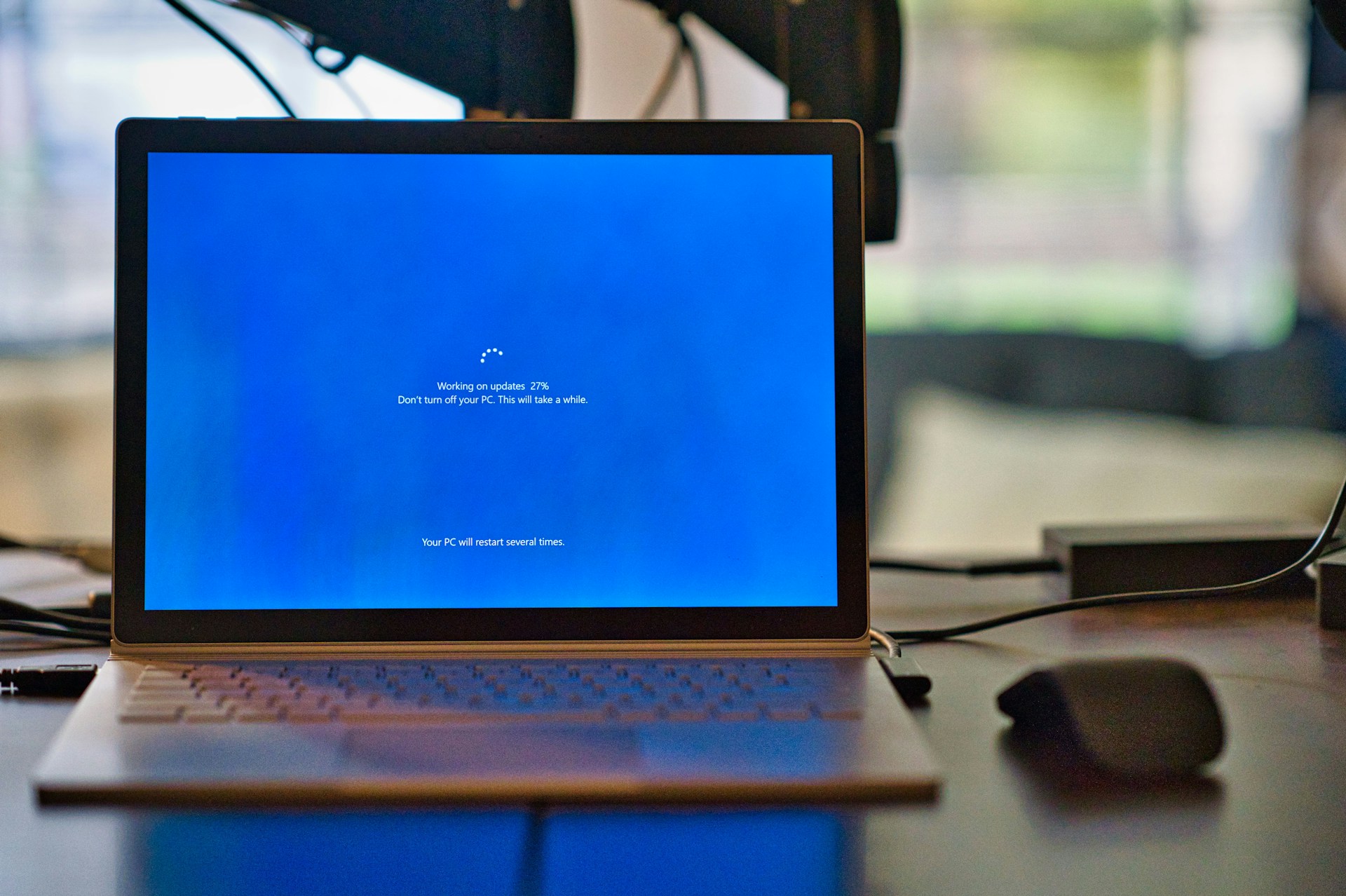Keeping your software updated is one of the simplest yet most important ways to protect yourself online. Software updates often go unnoticed, but they play a critical role in safeguarding your devices against a wide range of cyber threats.
Understanding the Importance of Software Updates
Software updates are essential keys to keeping your electronic devices safe and sound. These updates are improvements or fixes issued by the software creators. They are designed to enhance user experience and, more importantly, protect against security issues. Usually, updates include security patches that repair vulnerabilities.
Vulnerabilities are weaknesses in software that hackers exploit to access systems illegally. They are like tiny cracks in a wall that can lead to much larger problems if not sealed. Software updates fix these cracks by patching the vulnerabilities before they can be exploited by attackers. This means staying up to date is vital for maintaining a secure digital environment.
Without regular updates, devices remain susceptible to attacks from viruses, malware, and hackers looking to steal personal information. Outdated software struggles to fend off modern threats since it lacks the latest security features. Moreover, updates often bring performance improvements that can enhance your device’s efficiency, providing a smoother, more reliable experience.
Ultimately, understanding the importance of software updates goes beyond security—it’s about maximizing the potential of your devices while ensuring they’re well protected. Regular updates are a simple yet effective habit that can prevent major damages linked to cybersecurity breaches.
How Updates Protect Against Cyber Threats
Software updates serve as a defence mechanism against various cyber threats. One of their primary roles is patching security holes, making it trickier for malicious actors to exploit these gaps. Security updates provided by developers contain fixes for recent vulnerabilities that hackers might target.
By addressing these security flaws, updates prevent online criminals from using exploits to insert malware or steal sensitive data. This process creates a safer environment, blocking possible intrusions before they can harm the system. Without these patches, attackers can easily find ways to inject harmful software or harvest information.
Keeping software up-to-date also protects against different types of cyber threats. These include:
- Viruses: Malicious programs that replicate and spread, causing damage to your files and software.
- Malware: Harmful software aimed at disrupting, damaging, or gaining unauthorized access to devices.
- Phishing Attacks: Deceptive attempts to obtain sensitive information by posing as a trustworthy source.
Regular updates help your devices defend against such threats by strengthening their ability to recognise and stop these attacks. Having the latest updates ensures your software can combat emerging threats effectively. This practice plays a significant role in maintaining a secure, dependable computing experience, allowing users to operate devices with greater confidence.
Common Misconceptions About Updates
Despite their importance, there are several misconceptions surrounding software updates that often prevent people from installing them promptly. One common myth is that updates are unnecessary, especially if everything seems to be working fine. This misconception can leave systems exposed to unseen risks, as cyber threats evolve constantly.
Another belief is that updates take too much time. Many users worry that updates will interrupt their workflow or require a lengthy process. However, most updates run in the background or can be scheduled at convenient times. Setting automatic updates reduces the hassle of manual installations.
Some users fear that updates might alter their user experience drastically. While updates can adjust certain features, these changes often improve performance or add beneficial functions. Concerns about updates making devices slower are also unfounded; they are designed to optimize software, not hinder it.
Debunking these myths is crucial to ensure users appreciate the vital role of updates. Embracing software updates as part of routine maintenance can prevent disruptions and enhance overall security and experience.
Best Practices for Managing Software Updates
Managing software updates effectively ensures your devices remain secure. To start, enabling automatic updates is one of the best practices. This feature installs updates as soon as they become available, removing the need for manual checks.
For those who prefer more control, creating a regular schedule for checking updates can be effective. Allocating time each week or month ensures updates are not missed. This habit can be easily integrated into your routine, making it an effortless task.
Utilize various tools and reminders to keep track of updates. Many software programs have built-in notifications that alert you to new updates. Installing a reliable update management tool can further streamline the process, providing centralized oversight of all software on your devices.
Maintaining updates goes beyond setting and forgetting. Regular backup of your data is crucial before installing major updates, minimizing the risk of data loss if something goes awry. Implementing these best practices enhances the security of your systems and maximizes the efficiency of your software.
Conclusion
Incorporating regular software updates into your routine significantly bolsters your cybersecurity measures. These updates aren’t just about keeping your device running smoothly; they are a crucial defence line against potential cyber threats. Whether it’s your computer, smartphone, or smart device, keeping software up to date ensures you have the latest security improvements and features at your disposal, safeguarding your digital world with minimal effort.
Don’t leave your device’s security to chance. At TeraDrive, we understand the value of up-to-date software as part of a robust cybersecurity strategy. If you face any challenges related to software updates or data recovery in Toronto, reach out to us for expert assistance. Let’s help you keep your digital life secure and efficient!





